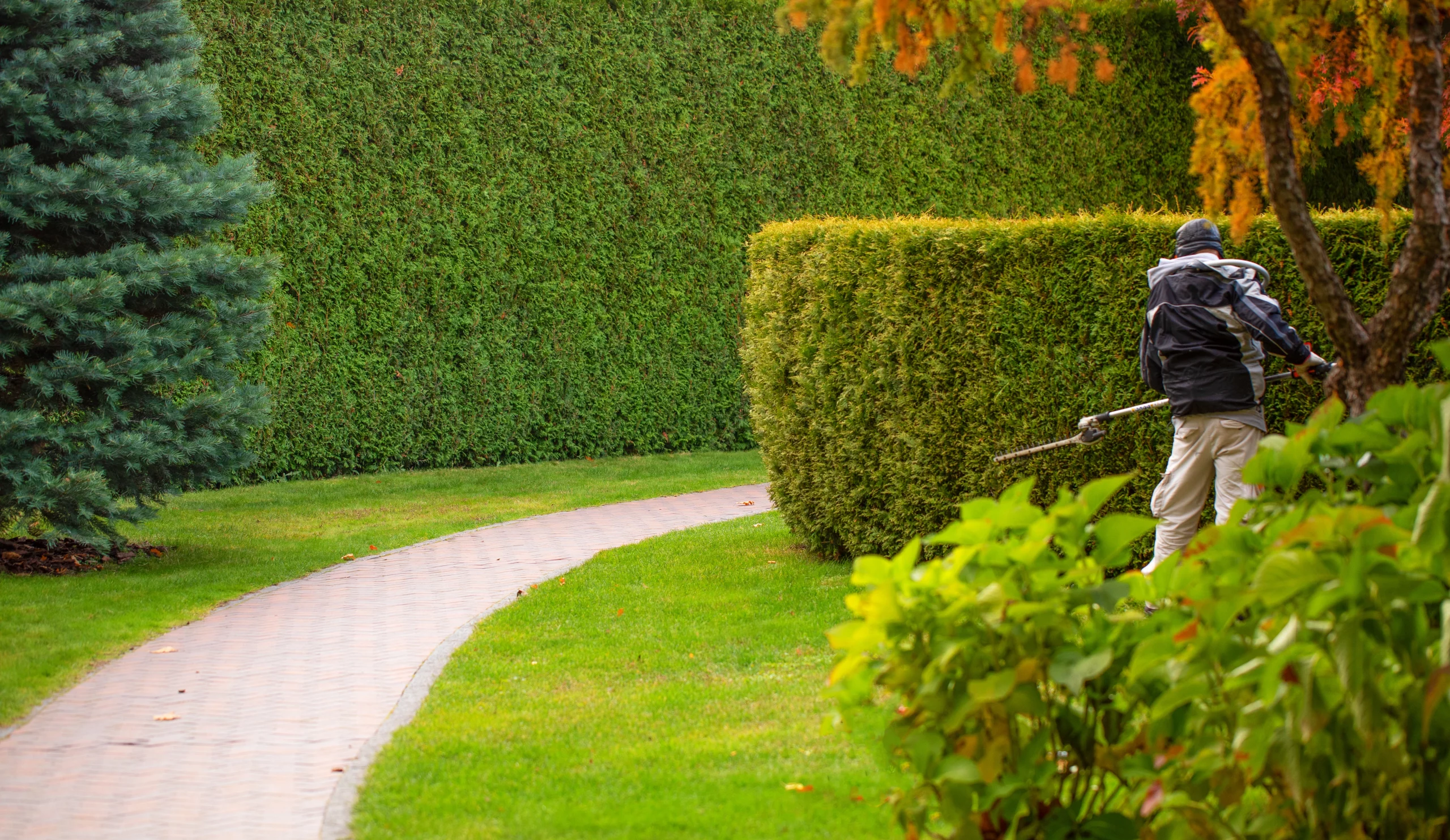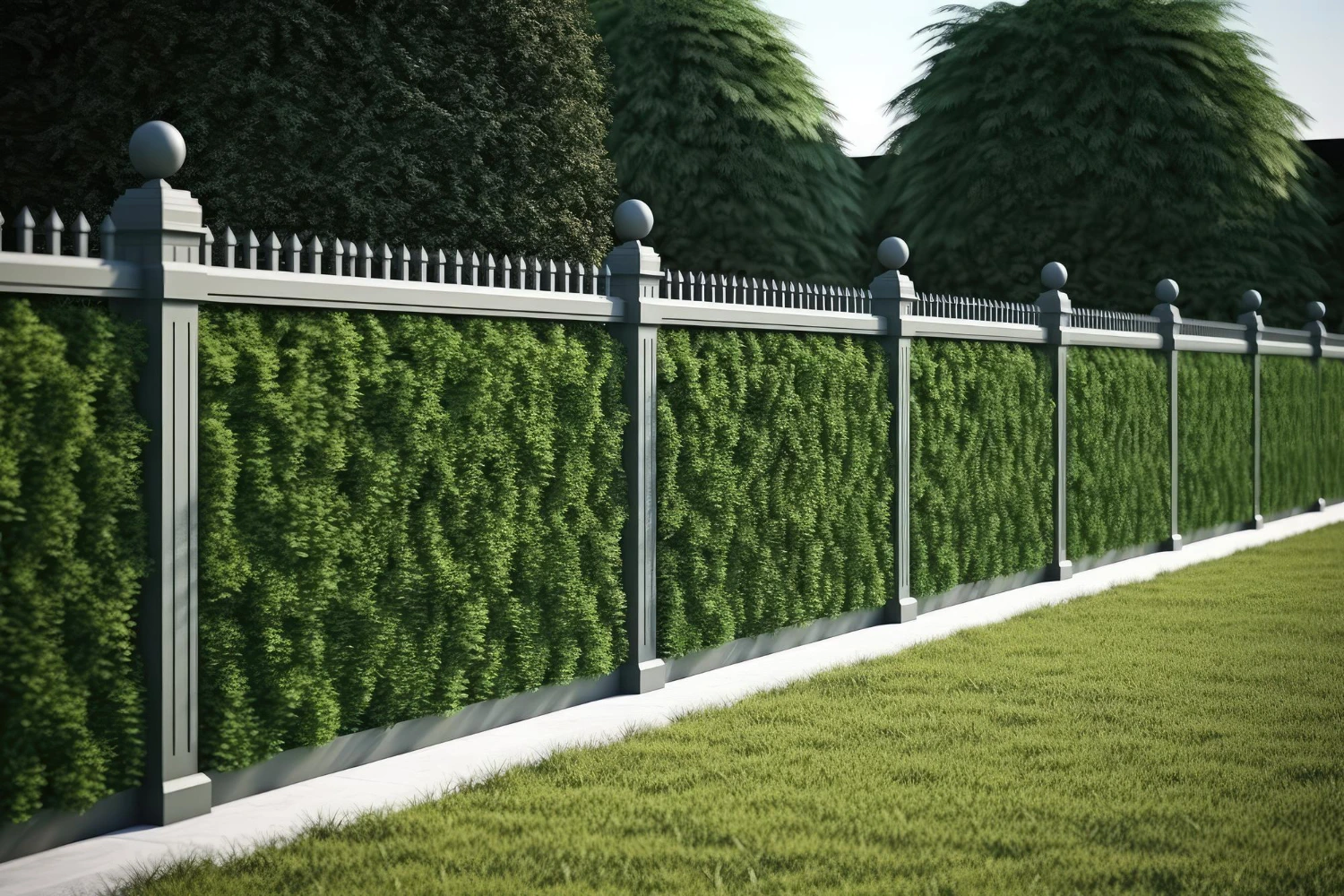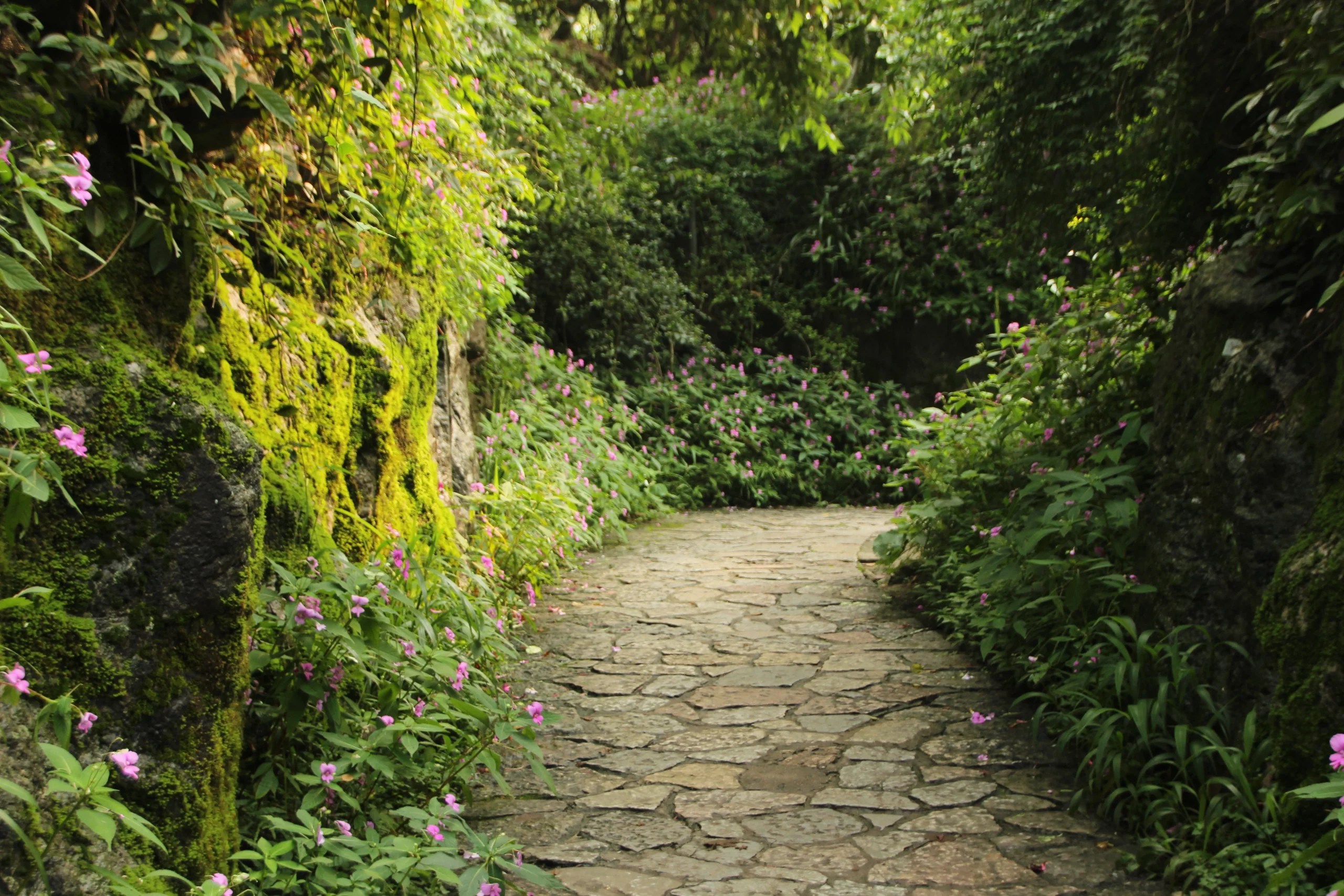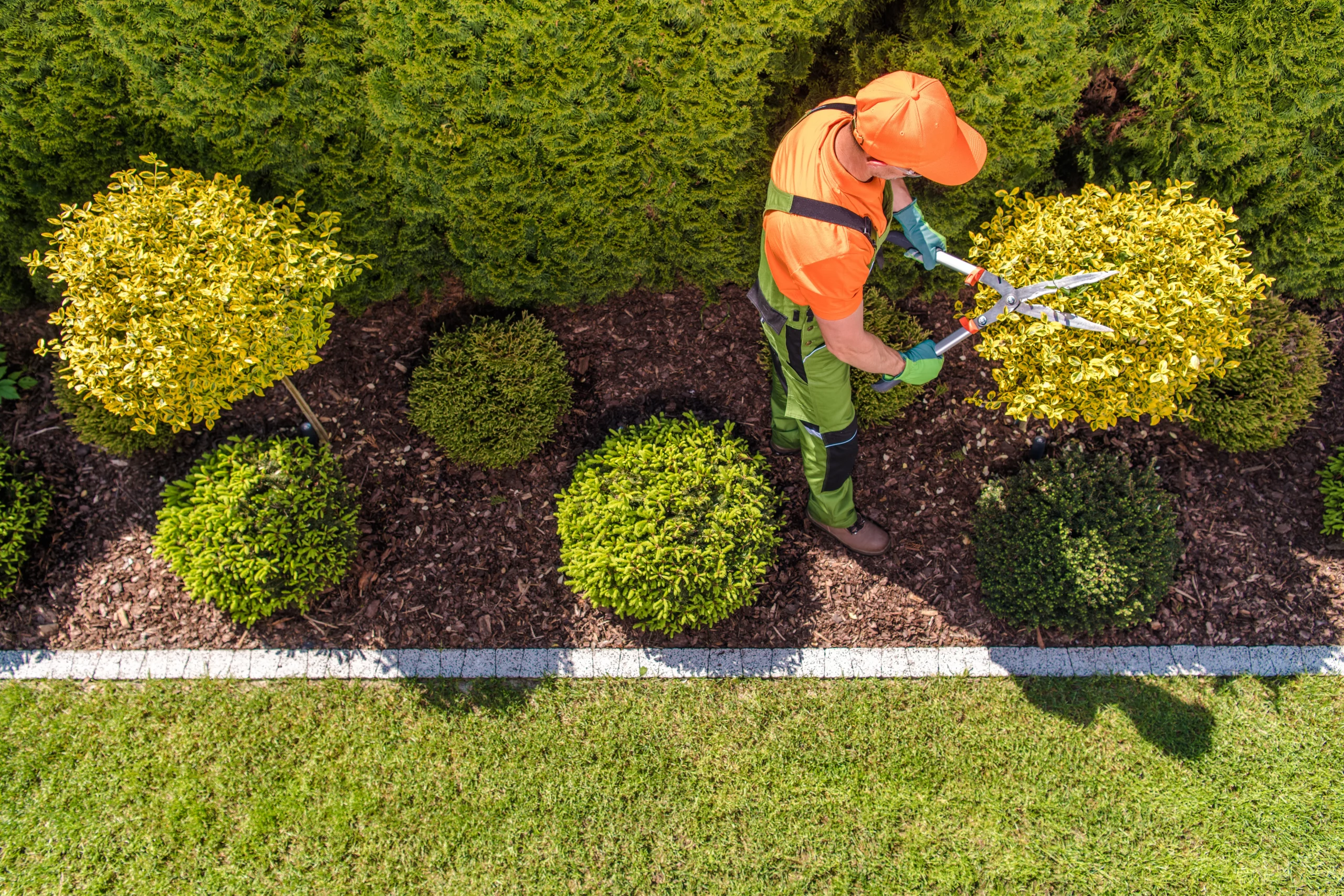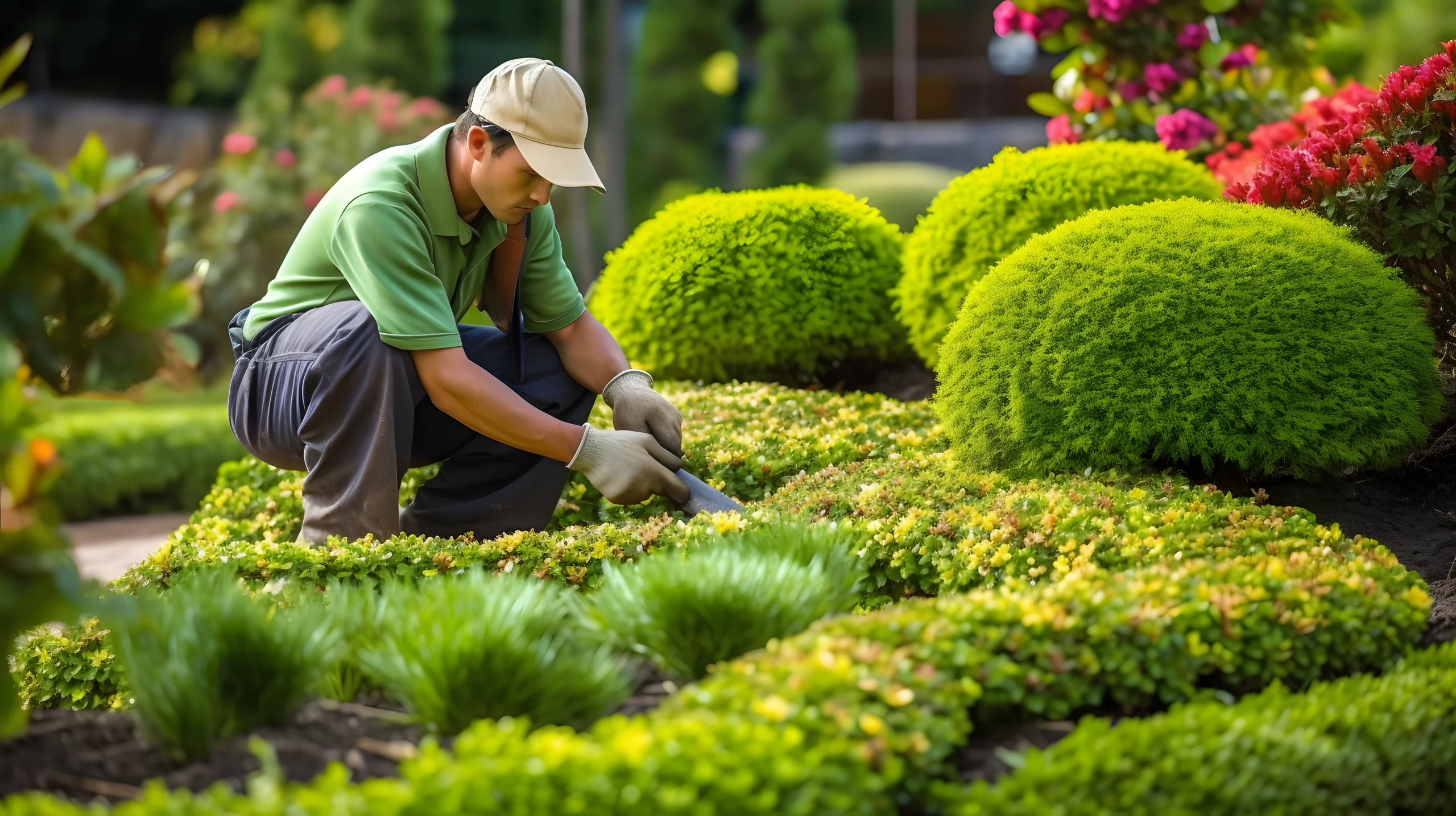Can i landscape my own garden
Can I Landscape My Own Garden? Essential Tips for DIY Garden Design
Posted by Peter | Updated July, 2024 | 10 Min Read Time
At a glance:
- You can of course landscape your own garden but hiring a professional will be sure to save you time, money and yield a better result
Key takeaways:
-
- Embarking on DIY garden landscaping can be fulfilling, offering a sense of achievement and customisation.
- Success in personal garden landscaping involves careful planning and access to reliable gardening resources.
- Consideration of personal skills and project scope is essential before starting a DIY landscaping project.
Landscaping your own garden can be a highly rewarding endeavour, offering personal satisfaction and the potential for creating a space that truly reflects your style and needs. While professional landscaping services provide expertise and convenience, doing it yourself is a viable option for those seeking a hands-on approach.
It requires careful planning, a clear understanding of the site, and a willingness to learn about plant selection, design principles, and the practical aspects of garden construction and maintenance.
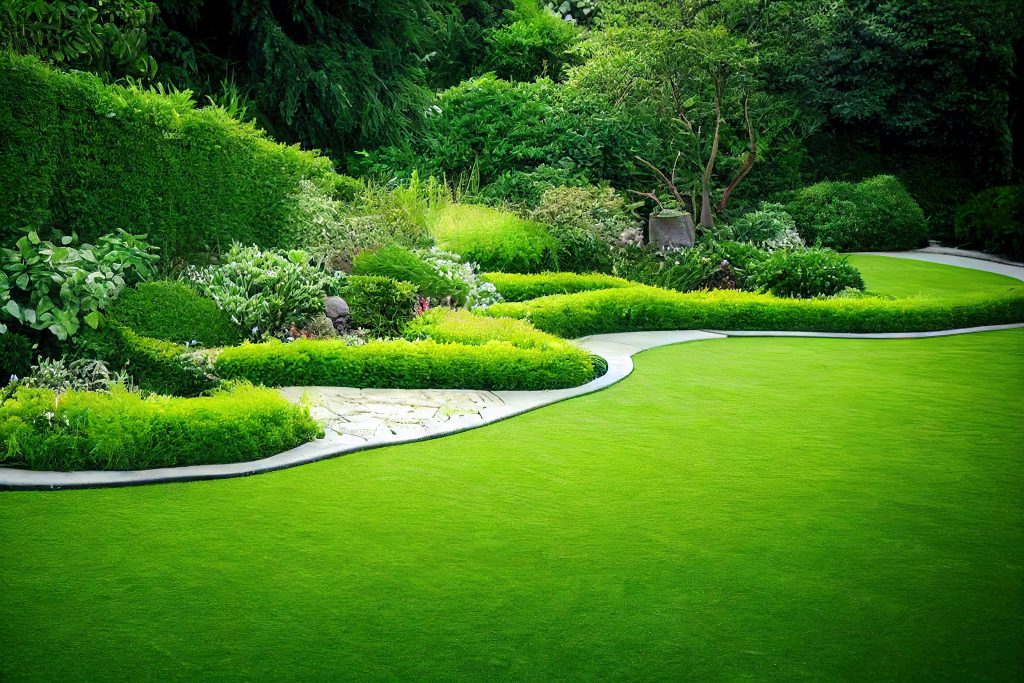
You Can Of Course Landscape Your Own Garden But Hiring A Professional Will Be Sure To Save You Time, Money And Yield A Better Result
Thought about landscaping your own garden this year?
For those considering whether to landscape their own garden, the answer depends on various factors including budget, the scale of the project, and the individual’s confidence in their abilities.
With access to numerous online resources, including detailed guides on garden design ideas and expert advice on how to design a garden, homeowners have the information they need to embark on this journey.
Assessing one’s own skill set and the complexity of the desired outcome are crucial steps before commencing the hands-on work of transforming a garden space.
Planning Your Garden
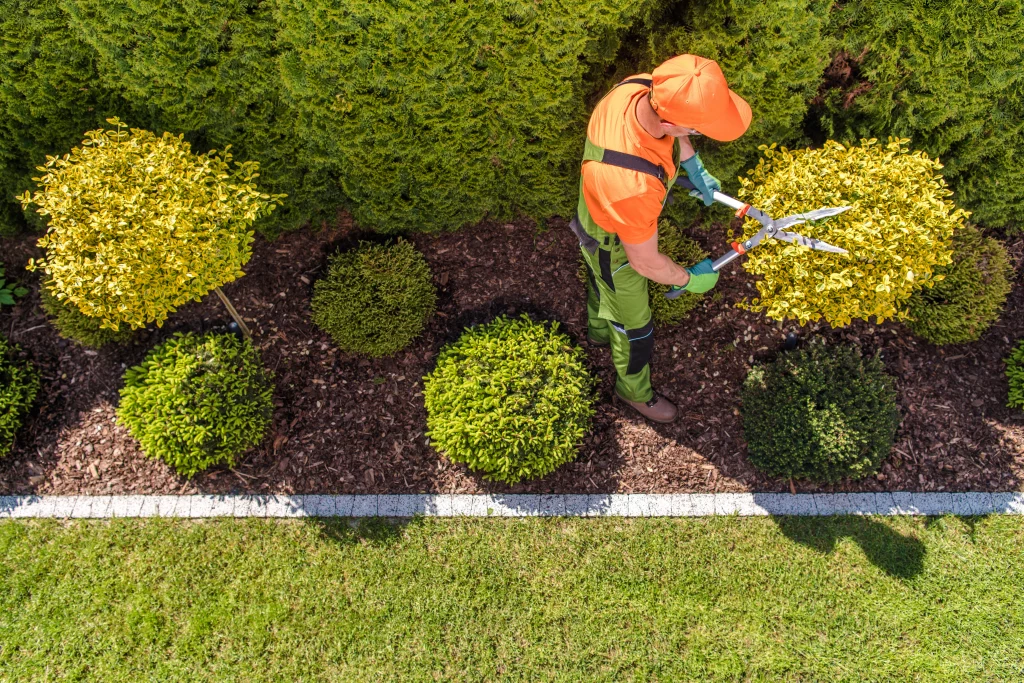
Successfully landscaping your garden requires a comprehensive plan that considers space, design, environmental factors, budget, and the types of plants that will thrive. The process is a convergence of creativity and practicality, ensuring that the end result is both beautiful and sustainable.
Assessing the Space
Before you make any decisions, you must assess the outdoor space available. It involves measuring the scale and proportion of the garden to understand what type of garden design fits best, whether it be a sprawling cottage garden or an intimate courtyard. Consider the existing features, like sheds or garages, and how they integrate with your plan.
Choosing a Design
Garden design ideas should reflect the owner’s personal aesthetic while complementing the home’s architecture. From Mediterranean garden ideas that evoke sunny landscapes to courtyard garden plans that can transform a small space, the design must align with the owner’s vision for their garden.
Understanding Soil and Climate
Different plants require different soil types and climate conditions. Test the soil to identify its type and pH level, and observe the garden’s exposure to elements like shade, full sun, or wet ground. This knowledge is pivotal in creating a thriving garden ecosystem.
Budget and Resources
Establishing a clear budget is crucial for a successful garden makeover. Whether one plans to engage professional builders or do it themselves, understanding the cost of materials, plants, and any necessary equipment is essential. One must allocate resources wisely to ensure all aspects of the project are covered.
Creating a Garden Plan
A detailed garden plan acts as a blueprint for the garden makeover. It should outline the planting scheme, including the position of shrubs, trees, and evergreen shrubs, as well as walkways and patios. This plan will guide the landscaping process and help to visualise the finished garden.
Plant Selection
Choosing the right plants for the garden is about more than aesthetics. Consider plants that will encourage local wildlife, create a desirable colour palette, and add texture to the garden. The right plants will thrive in the given environmental conditions and require a level of maintenance suitable for the gardener’s lifestyle and abilities.
Executing the Landscape Design
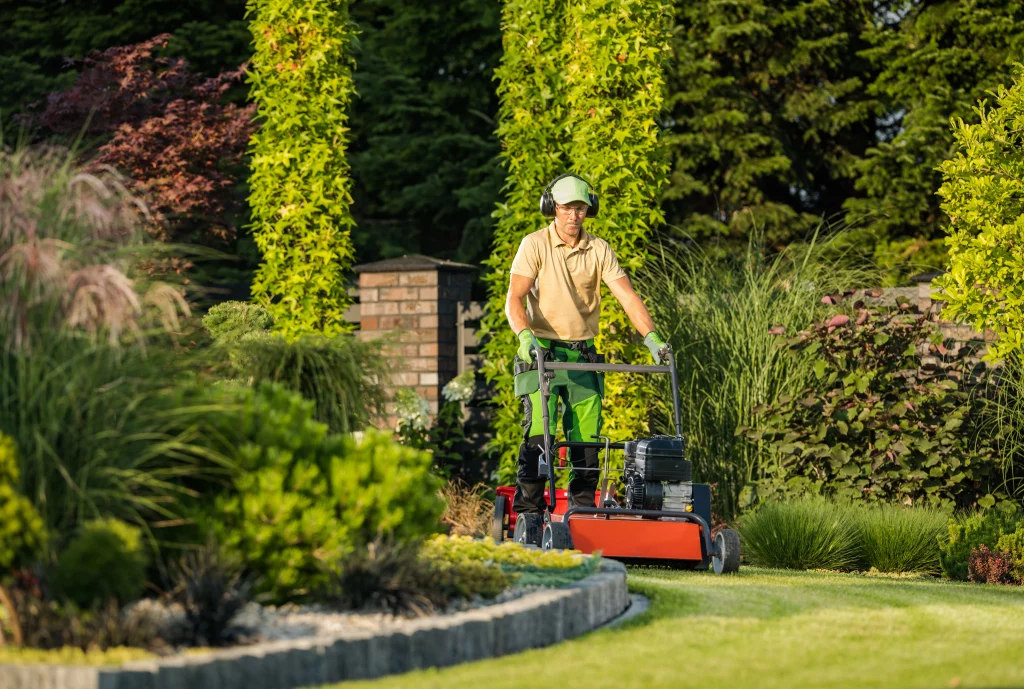
Executing a landscape design involves a systematic approach that ensures each element of the garden complements the rest, creating a cohesive and functional outdoor space. From soil preparation to the final planting, each step demands attention to detail and an understanding of the overall vision for the garden. For much larger alterations contacting the local authorities is a good idea.
Preparing the Land
Levelling and preparing the land are crucial first steps. One needs to remove any weeds, debris, or unwanted materials. Adding topsoil can improve the quality of the ground, and it’s essential to ensure proper drainage to avoid water logging. Strategic terracing on sloped gardens can prevent erosion and create visually appealing garden layers.
Incorporating Hardscape Elements
Hardscape is the backbone of landscape design, providing structure and defining spaces within the garden. Installation of paths and patios invites flow through the garden while retaining walls and fences can create privacy and enhance security. Decking areas offer space for relaxation, and raised beds can add dimension and ease of maintenance.
Building Garden Structures
Garden structures such as pergolas and gazebos can be built to create focal points or provide shaded seating areas. Adequate planning ensures they are integrated smoothly into the overall design. Fences and screens can also serve as windbreakers or create secluded areas within the garden for a more intimate setting.
Adding Plants and Lawn Areas
Selecting the right plants is essential for bringing life to the landscaped space. Hedges can act as natural borders, while specific plants can be chosen to deter weeds. Lawn areas should be established with high-quality seed or turf for a lush, green ground cover that enlivens the garden. Remember to include a mix of perennials and annuals to ensure year-round colour and interest.
By meticulously planning and executing each of these stages, one can create a harmonious and practical garden landscape. Each element, from the initial land prep to the final planting detail, works together to create the envisioned outdoor space.
Conclusion
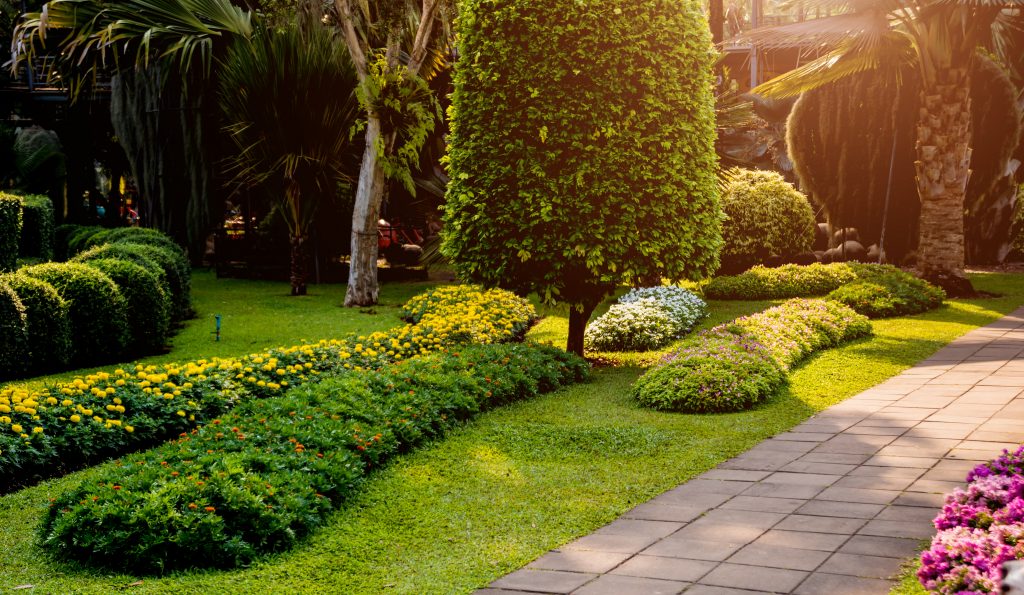
| Self-Landscaping | Professional Landscaping |
|---|---|
| Personal satisfaction | Expert Guidance |
| Potential cost savings | High-quality outcomes |
| Customisation | Time-efficient |
| Learning experience | Stress reduction |
In summary, should one desire the best results and wish to save time and mitigate stress, engaging a professional is the recommended course of action. The investment in expertise translates to a polished and enduring landscape that complements one’s home and lifestyle. Feel free to contact us for a personal estimate regarding your landscaping project.



